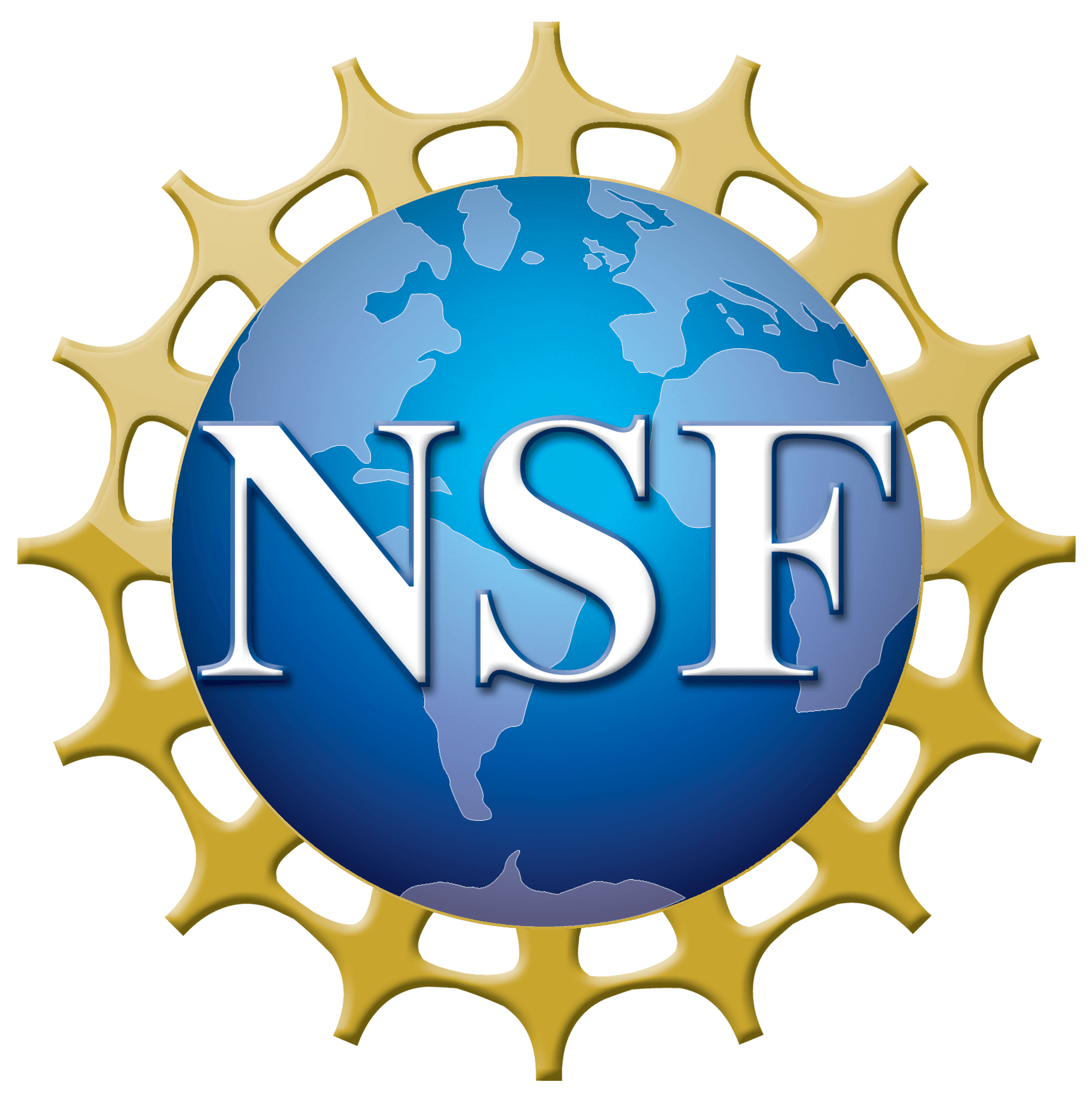Latest NRAO News
News is managed by NRAO News & Public Information. Questions about News? Have a story to share? Want to interview a scientist or create new media about our telescopes?
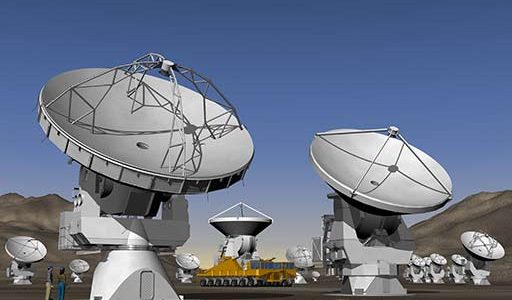
Two teachers from the town of San Pedro de Atacama, in the northern desert of the South American nation of Chile, arrive in Magdalena, New Mexico, Sunday, January 28, for a two-week visit that is part of a Sister Cities program sponsored by Associated Universities, Inc, the nonprofit research corporation that operates the National Radio Astronomy Observatory.
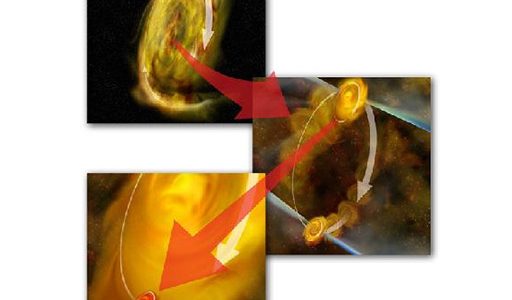
Astronomers have used the National Science Foundation’s Very Large Array radio telescope to image a young, multiple-star system with unprecedented detail, yielding important clues about how such systems are formed.

Astronomers using the National Science Foundation’s Very Large Array radio telescope have discovered giant, ring-like structures around a cluster of galaxies.

A striking image of an enormous bubble blown into the dusty gas disk of our own Milky Way galaxy has won first place in the National Radio Astronomy Observatory’s second annual Radio Astronomy Image Contest.
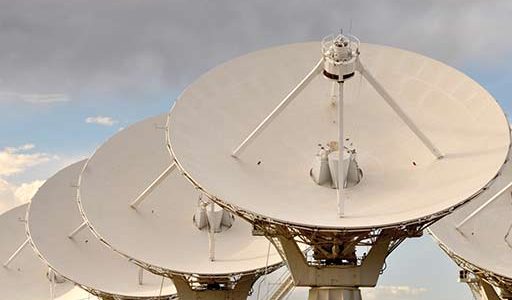
A cosmic explosion seen last February may have been the tip of an iceberg” showing that powerful, distant gamma ray bursts are outnumbered ten-to-one by less-energetic cousins, according to an international team of astronomers.
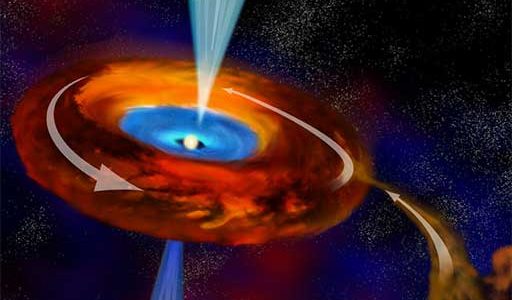
Astronomers using the National Science Foundation’s Very Large Array (VLA) radio telescope have discovered key evidence that may help them figure out how very massive stars can form.
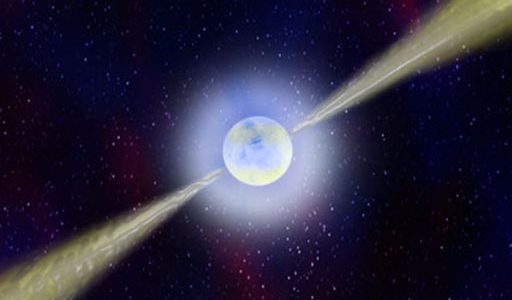
Astronomers using radio telescopes from around the world have discovered a spinning neutron star with a superpowerful magnetic field — called a magnetar — doing things no magnetar has been seen to do before.
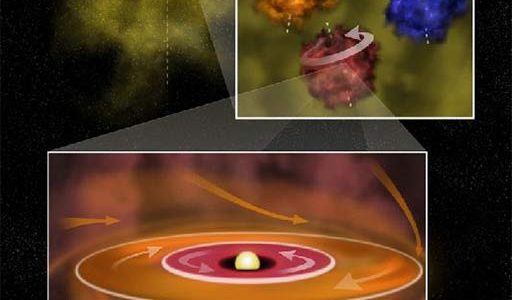
Astronomers studying a disk of material circling a still-forming star inside our Galaxy have found a tantalizing result — the inner part of the disk is orbiting the protostar in the opposite direction from the outer part of the disk.
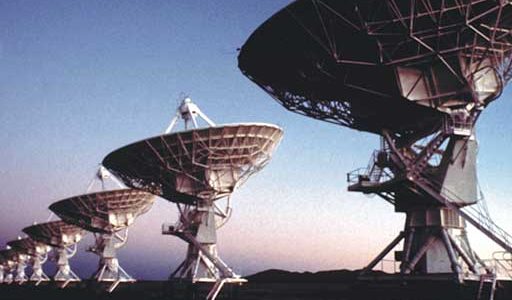
Astronomers have found a relatively tiny galaxy whose black-hole-powered central engine is pouring out energy at a rate equal to that of much larger galaxies, and they’re wondering how it manages to do so.
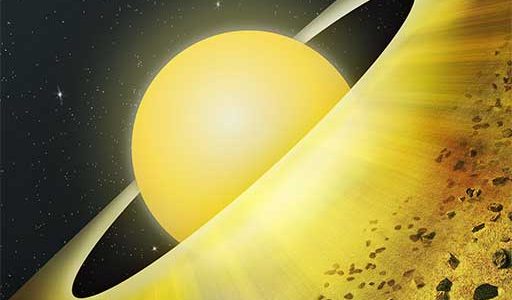
Interstellar travelers might want to detour around the star system TW Hydrae to avoid a messy planetary construction site.




